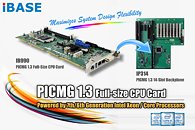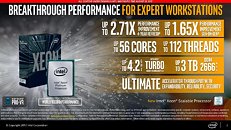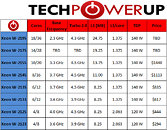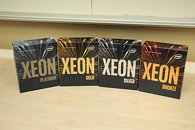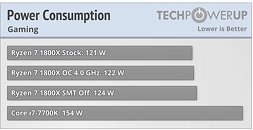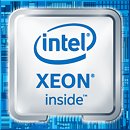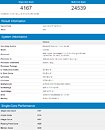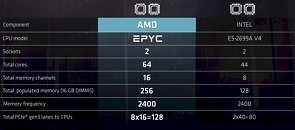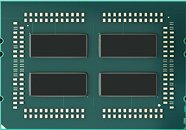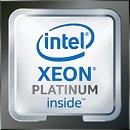
ASUS Reveals Their WS C621E SAGE Dual Xeon Overclocking Motherboard
Built on Intel's C621 chipset, ASUS's new WS C621E SAGE motherboard possesses some interesting traits. For a start, this workstation motherboard not only supports one LGA-3647 socket processor, but two of them in tandem. That's right. Enterprise users in need of raw processing power can drop in a pair of Intel Xeon Platinum 8180 processors and build themselves a beastly workstation with 56 cores and 112 threads at their disposal. But, what really separates the WS C621E SAGE from the competition is the motherboard's overclocking capability. Since Intel locks the multiplier for their Xeon processors, owners are accustomed to settle for factory clock speeds. However, ASUS has engineered a method to allow Xeon owners to overclock their processors to take their performance to a next level. Given the locked multiplier, we assume that overclocking is probably done through base clock adjustments.
Processing power is crucial for productivity, but having enough memory for heavy-duty tasks is equally important. For that same reason, ASUS has incorporated 12 DDR4 memory slots into the WS C621E SAGE. Users can go with either RDIMM or LR-DIMM ECC modules with speeds up to DDR4-2666. This opens the door to running 1.5 TB of memory. Now that's something you don't see everyday.
Processing power is crucial for productivity, but having enough memory for heavy-duty tasks is equally important. For that same reason, ASUS has incorporated 12 DDR4 memory slots into the WS C621E SAGE. Users can go with either RDIMM or LR-DIMM ECC modules with speeds up to DDR4-2666. This opens the door to running 1.5 TB of memory. Now that's something you don't see everyday.











